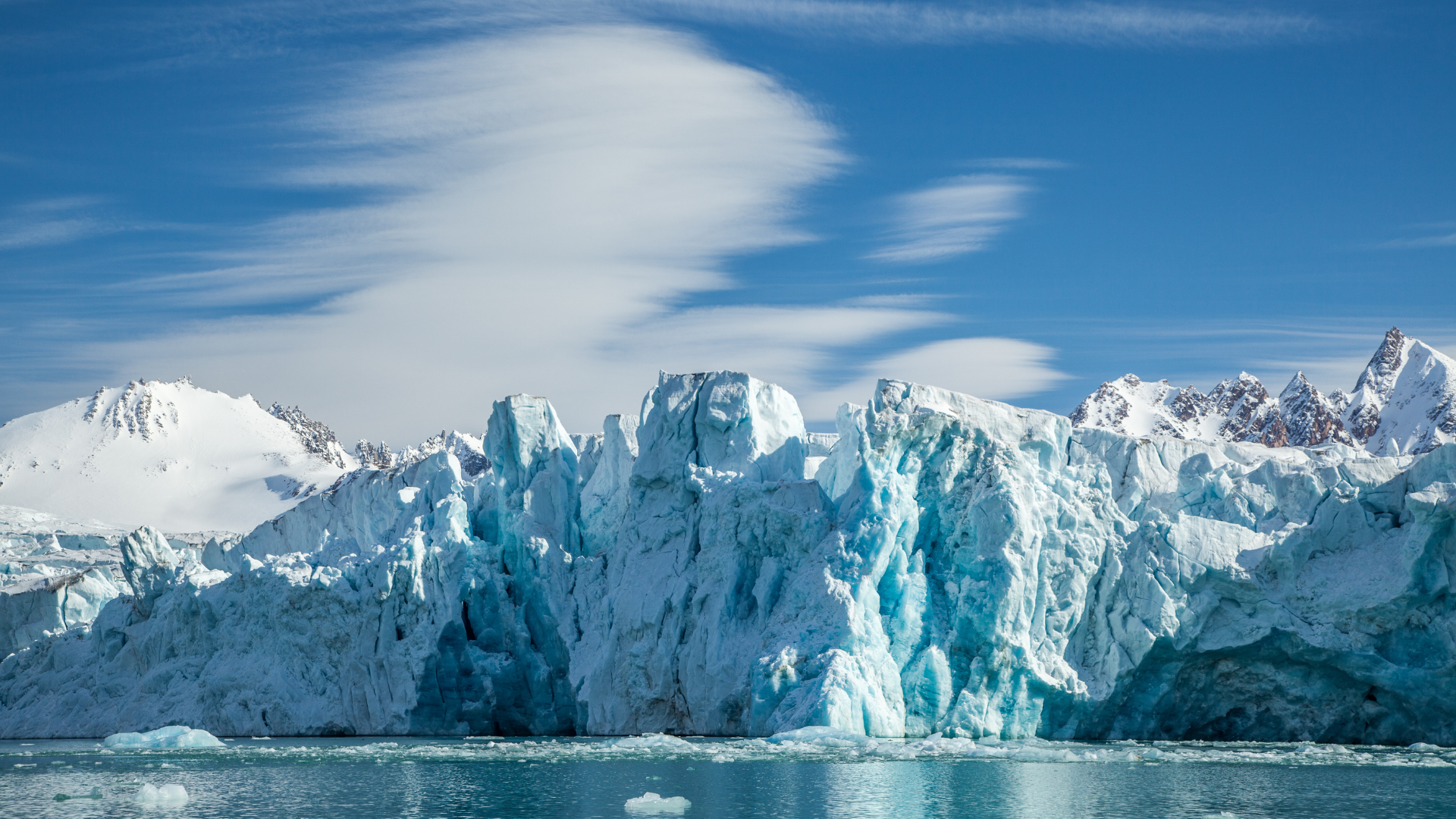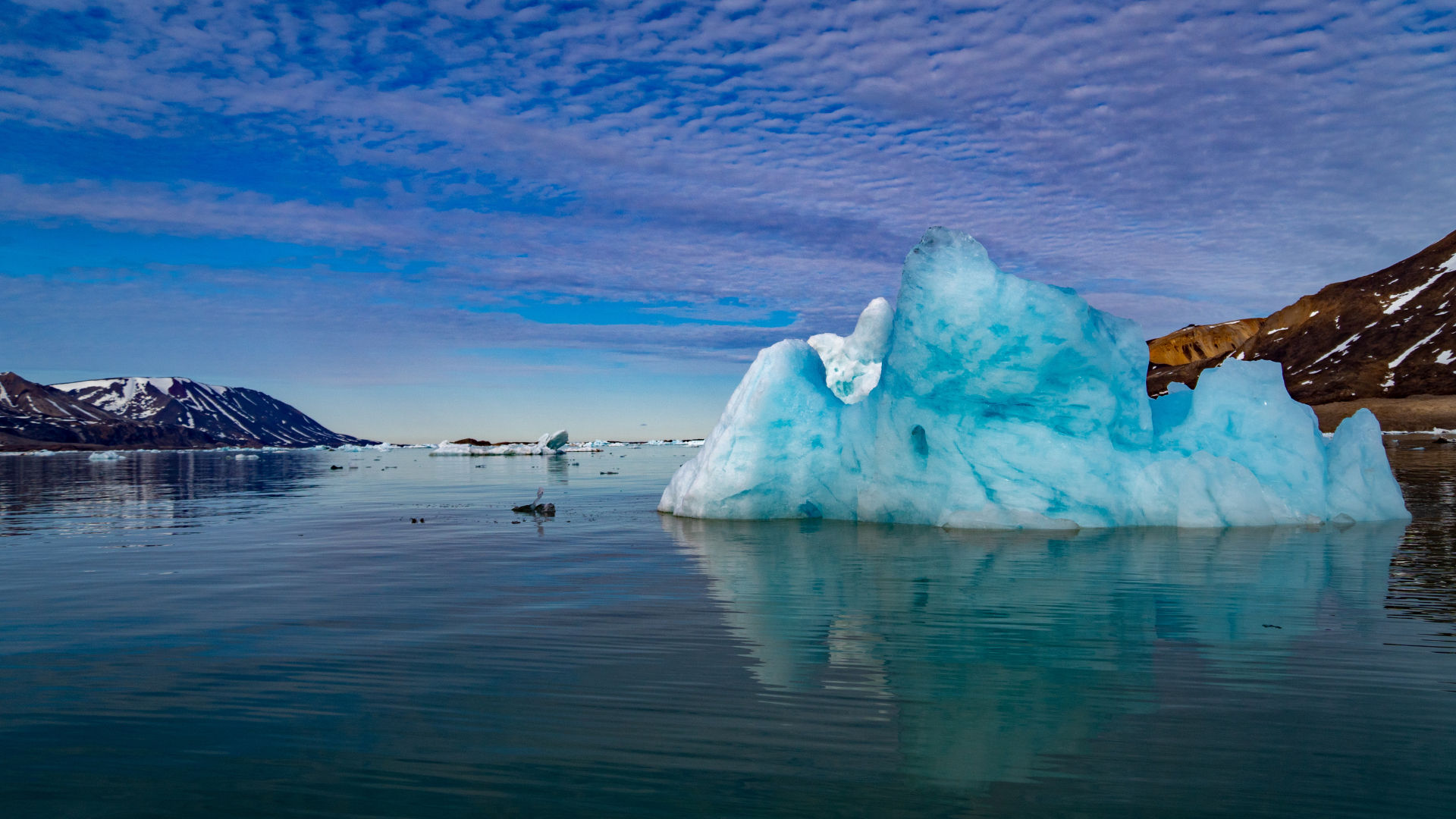Svalbard Best Wildlife Activities in March
Svalbard Best Wildlife Activities in March

March in Svalbard marks the transition from winter to spring, offering a unique opportunity to experience the Arctic’s diverse wildlife. As the days grow longer and the polar night begins to wane, the island’s snow-covered landscapes provide a dramatic backdrop for observing Svalbard’s remarkable animals. The crisp, cold air and the lingering snow create an ideal environment for wildlife enthusiasts seeking adventure and discovery.
One of the standout activities in March is polar bear viewing. Although polar bears are more commonly associated with summer, March provides an opportunity to see these majestic creatures as they continue to roam the snowy landscape. Guided tours offer the chance to spot polar bears hunting for seals or exploring their icy habitat. The contrast between the bears and the snow creates a striking visual, making polar bear sightings a highlight of any Arctic adventure.
March is also an excellent time to observe other Arctic wildlife, such as reindeer and Arctic foxes. Reindeer, with their winter coats, can be seen grazing on the island’s snowy plains. The Arctic fox, with its white fur, may be spotted as it hunts for small prey or navigates the snow-covered landscape. The Svalbard rock ptarmigan, a bird well-adapted to the snowy conditions, can also be observed in its winter plumage. Wildlife tours and guided hikes provide opportunities to encounter these fascinating animals in their natural habitat.
Snowmobiling remains a popular activity in March, offering an exciting way to explore Svalbard’s remote and pristine landscapes. As travelers traverse the snow-covered terrain, they may come across signs of wildlife or even spot animals in the distance. Snowmobiling tours can take travelers to areas that are otherwise difficult to reach, increasing the chances of observing wildlife in their natural environment. The combination of adventure and wildlife observation makes snowmobiling a highlight of any trip to Svalbard.
The increasing daylight in March also provides an opportunity to experience the Northern Lights. The Aurora Borealis, with its vibrant colors, creates a stunning display against the darkening sky. Northern Lights tours offer the chance to witness this spectacular light show while exploring the Arctic wilderness. The combination of the Northern Lights and wildlife encounters adds an extra layer of excitement to the adventure.
For those interested in marine wildlife, March offers opportunities to spot seals and whales. Boat tours along the icy coastline may provide sightings of seals lounging on the ice or swimming in the frigid waters. Whales, including belugas and orcas, may also be seen as they migrate through the Arctic waters. The chance to see these marine mammals in their winter habitat adds an exciting element to any trip to Svalbard.
Photography enthusiasts will find March to be an ideal time for capturing the beauty of Svalbard’s winter wildlife. The contrast between the snowy landscape and the animals’ winter coats creates stunning visual opportunities. The Northern Lights, if visible, provide an additional subject for breathtaking photographs. The unique lighting conditions and pristine environment make March a fantastic time for capturing the essence of Arctic wildlife.
In addition to wildlife activities, March in Svalbard offers a chance to experience the island’s unique winter culture. Longyearbyen, the largest settlement, provides a cozy refuge from the cold, with its cafes, shops, and cultural attractions. The Svalbard Museum offers insights into the island’s natural and human history, enriching the travel experience. The combination of wildlife, adventure, and culture makes March a captivating time to visit Svalbard.
For those seeking an extraordinary wildlife experience in a winter wonderland, March in Svalbard is an ideal destination. From polar bear viewing and wildlife tours to snowmobiling and Northern Lights observation, the island offers a range of exciting activities. The pristine winter landscape and unique wildlife encounters create an unforgettable Arctic adventure.











